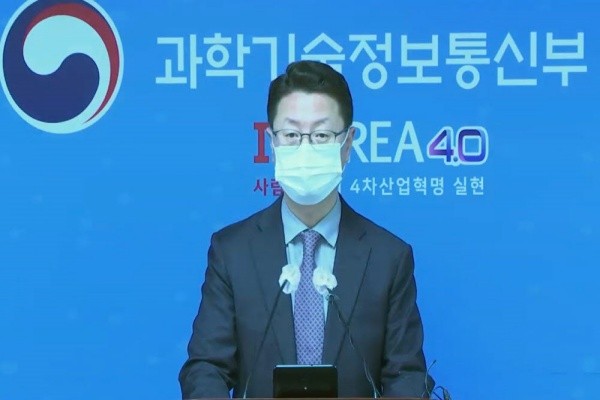It was shown that SK Telecom’s 5G network has provided the fastest speed in the second half of 2020. KT has the most facilities for 5G while LG Uplus has the widest 5G coverage.
The results show a clear difference in the three major South Korean mobile operators’ strategies when it comes to 5G network and they were based on evaluations on coverage and quality of communication services in the second half of 2020 announced by the Ministry of Science and ICT (MSIT) and the National Information Society (NIA) on Wednesday.
The average download speed of the three mobile operators increased from 656.5 Mbps in the first half to 690.47 Mbps in the second half. The average upload speed was 63.32 Mbps.
The download speed for SK Telecom was 795.57 Mbps (6.60 Mbps increase). The download speeds for KT and LG Uplus were 667.48 Mbps (15.38 Mbps increase) and 608.49 Mbps (79.89 Mbps increase) respectively. The upload speeds for SK Telecom, KT, and LG Uplus were 69.96 Mbps, 60.01 Mbps, and 59.99 Mbps respectively. The rates of 5G being converted to LTE within a 5G coverage were 5.49% (6.19% in the first half) and 5.29% (6.19% in the first half) on average during downloads and uploads respectively.
Out of 4,516 major multiuse facilities such as department stores, libraries, airports, and universities in 85 cities, 2,792 of them were shown to be able to support 5G network.
The percentage of area where 5G can be accessed without much interruption in these facilities was shown to be 90.99%. The percentage in the first half was 67.93%.
KT’s 5G network was shown to be available in 4,571 facilities while 5G networks of SK Telecom and LG Uplus were shown to be available in 3,814 facilities and 2,072 facilities respectively. Out of 649 subway stations, 5G network set up jointly by the three companies was shown to be available in 424 stations. This number is a 35.5% increase compared to the first half (313 stations).

After evaluating their coverages in the outdoors, their 5G services were available in a 478.17 km2 area in Seoul on average. In the six major metropolitan cities, their 5G services were available in about a 1,417.97 km2 area. In 78 small and medium-size cities, the area was about 3,513.16 km2.
The area for entire coverage of LG Uplus’ 5G network was 6,064.28 km2 while the areas for SK Telecom and KT were 5,242.68 km2 and 4,920.97 km2 respectively. While their coverages are based on materials submitted by them, it was shown that their information was not overstated on as the MSIT compared the information to its samples.
Based on the results, it is shown that SK Telcom is emphasizing fundamental competitive edge such as speed and quality while KT and LG Uplus are emphasizing number of facilities that can support 5G network and overall coverage respectively.
However, the MSIT and the NIA saw a decline in LTE quality compared to increase in 5G infrastructures as an issue. The average download speed of the three operators’ LTE services was 153.1 Mbps that is 5.43 Mbps lower than that of last year (153.1 Mbps).
Hong Jin-bae, who is the director general of the MSIT’s Communication Policy, said that the government will conduct evaluations in cities and farming and fishing villages and areas where internet service is poor continuously so that it can induce autonomous improvement in quality of 5G services by the three mobile operators.
Staff Reporter Park, Jisung | jisung@etnews.com